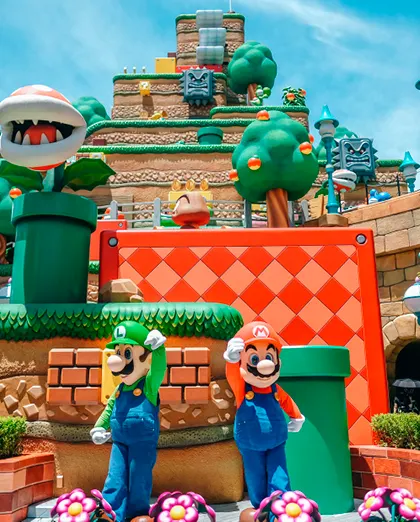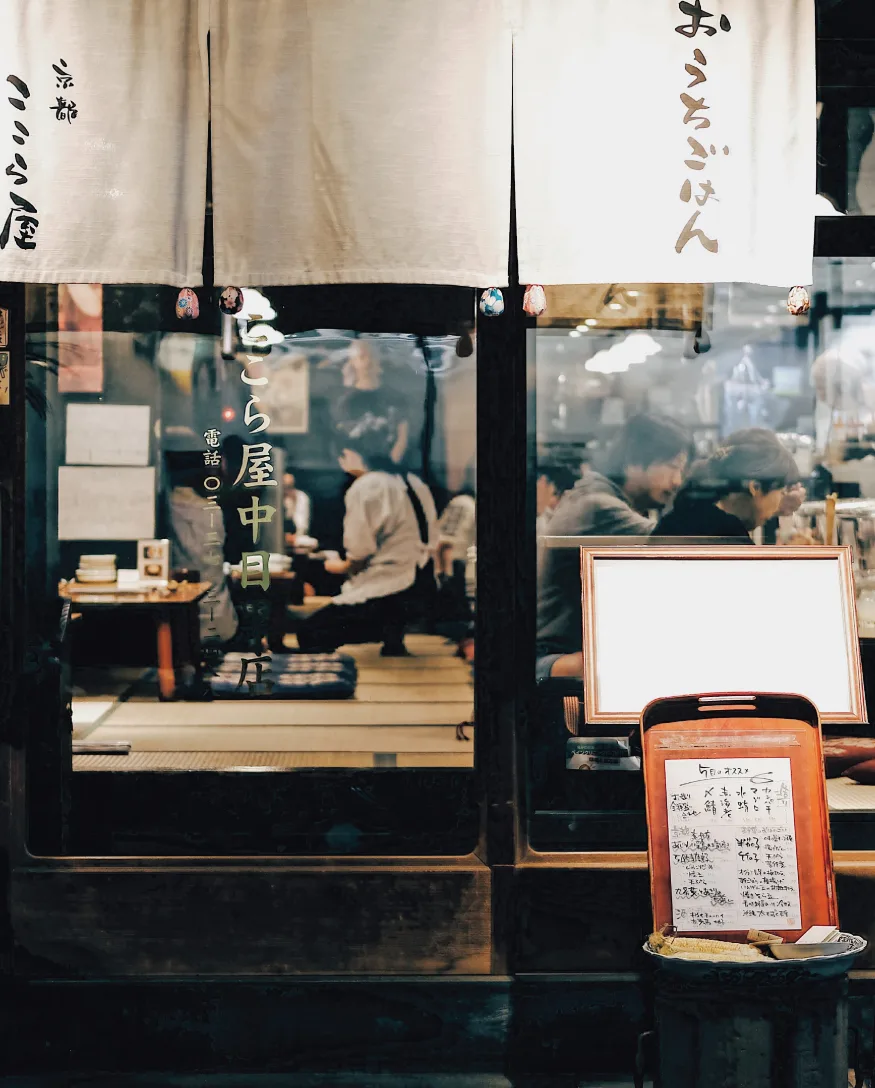- Destinations
- Japan

Japan
Start PlanningJapan
In subtle Japan, where the simplicity and refinement of life in the countryside are as thrilling as the technicolor aggregations of Tokyo, centuries-old traditions—influenced by philosophies rooted in Zen and an ancient reverence for nature and the seasons—blend effortlessly with what also feels like life in the future. Stay in a family-run machiya in the southernmost tip of Kyushu and soak in an onsen on top of a skyscraper in the capital, which looks up to the stars. And the best part? All of these experiences are possible in one trip, thanks to the county’s immaculate shinkansen network, which makes traversing the island-nation seamless and efficient.
In subtle Japan, where the simplicity and refinement of life in the countryside are as thrilling as the technicolor aggregations of Tokyo, centuries-old traditions—influenced by philosophies rooted in Zen and an ancient reverence for nature and the seasons—blend effortlessly with what also feels like life in the future. Stay in a family-run machiya in the southernmost tip of Kyushu and soak in an onsen on top of a skyscraper in the capital, which looks up to the stars. And the best part? All of these experiences are possible in one trip, thanks to the county’s immaculate shinkansen network, which makes traversing the island-nation seamless and efficient.
Explore Japan
Explore Japan

The Many Manga Kingdoms of Japan
In Japan, the art of animated fun is taken seriously, and obsessively so.

A Master of One
Gestalten's new book Handmade in Japan highlights the beauty of traditional Japanese craftsmanship—and the importance of solitude in the process

Ramen and Katsu and Uni, Oh My!
Where there is a line in Tokyo, there is often a life-changing dish at the end of it. Here are 10 spots to sample Tokyo’s best in culinary offerings, from single-dish katsu joints and omakase dinners to multi-course traditional breakfasts in a high-design city oasis.




Oh... and also
Oh... and also

Visit a sumo stable to watch their morning practice, where you’ll witness the rituals of this ancient tradition that remains Japan’s national sport.
Visit a sumo stable to watch their morning practice, where you’ll witness the rituals of this ancient tradition that remains Japan’s national sport.

Apprentice with an expert in the art of ki-oke (wooden buckets), which were historically used for baths and food storage–and are now used for everything from dog beds to champagne coolers to stools.
Apprentice with an expert in the art of ki-oke (wooden buckets), which were historically used for baths and food storage–and are now used for everything from dog beds to champagne coolers to stools.

Stay in a traditional machiya townhouse, indicative of Kyoto’s architectural landscape prior to Japan's rapid modernization after the 1950’s.
Stay in a traditional machiya townhouse, indicative of Kyoto’s architectural landscape prior to Japan's rapid modernization after the 1950’s.

Japan
Start PlanningJapan